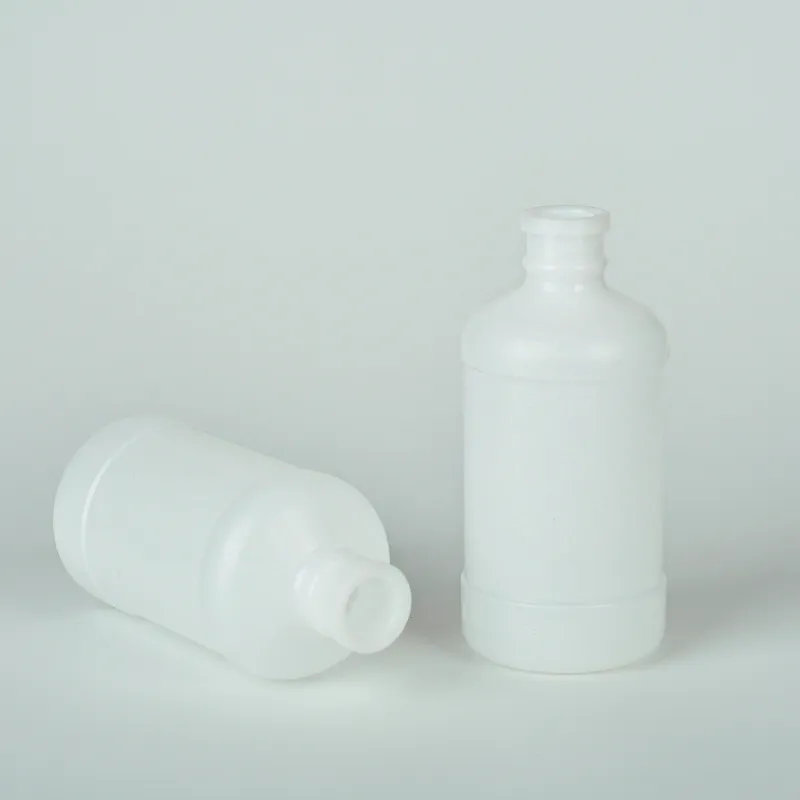
-
 Afrikaans
Afrikaans -
 Albanian
Albanian -
 Amharic
Amharic -
 Arabic
Arabic -
 Armenian
Armenian -
 Azerbaijani
Azerbaijani -
 Basque
Basque -
 Belarusian
Belarusian -
 Bengali
Bengali -
 Bosnian
Bosnian -
 Bulgarian
Bulgarian -
 Catalan
Catalan -
 Cebuano
Cebuano -
 Corsican
Corsican -
 Croatian
Croatian -
 Czech
Czech -
 Danish
Danish -
 Dutch
Dutch -
 English
English -
 Esperanto
Esperanto -
 Estonian
Estonian -
 Finnish
Finnish -
 French
French -
 Frisian
Frisian -
 Galician
Galician -
 Georgian
Georgian -
 German
German -
 Greek
Greek -
 Gujarati
Gujarati -
 Haitian Creole
Haitian Creole -
 hausa
hausa -
 hawaiian
hawaiian -
 Hebrew
Hebrew -
 Hindi
Hindi -
 Miao
Miao -
 Hungarian
Hungarian -
 Icelandic
Icelandic -
 igbo
igbo -
 Indonesian
Indonesian -
 irish
irish -
 Italian
Italian -
 Japanese
Japanese -
 Javanese
Javanese -
 Kannada
Kannada -
 kazakh
kazakh -
 Khmer
Khmer -
 Rwandese
Rwandese -
 Korean
Korean -
 Kurdish
Kurdish -
 Kyrgyz
Kyrgyz -
 Lao
Lao -
 Latin
Latin -
 Latvian
Latvian -
 Lithuanian
Lithuanian -
 Luxembourgish
Luxembourgish -
 Macedonian
Macedonian -
 Malgashi
Malgashi -
 Malay
Malay -
 Malayalam
Malayalam -
 Maltese
Maltese -
 Maori
Maori -
 Marathi
Marathi -
 Mongolian
Mongolian -
 Myanmar
Myanmar -
 Nepali
Nepali -
 Norwegian
Norwegian -
 Norwegian
Norwegian -
 Occitan
Occitan -
 Pashto
Pashto -
 Persian
Persian -
 Polish
Polish -
 Portuguese
Portuguese -
 Punjabi
Punjabi -
 Romanian
Romanian -
 Russian
Russian -
 Samoan
Samoan -
 Scottish Gaelic
Scottish Gaelic -
 Serbian
Serbian -
 Sesotho
Sesotho -
 Shona
Shona -
 Sindhi
Sindhi -
 Sinhala
Sinhala -
 Slovak
Slovak -
 Slovenian
Slovenian -
 Somali
Somali -
 Spanish
Spanish -
 Sundanese
Sundanese -
 Swahili
Swahili -
 Swedish
Swedish -
 Tagalog
Tagalog -
 Tajik
Tajik -
 Tamil
Tamil -
 Tatar
Tatar -
 Telugu
Telugu -
 Thai
Thai -
 Turkish
Turkish -
 Turkmen
Turkmen -
 Ukrainian
Ukrainian -
 Urdu
Urdu -
 Uighur
Uighur -
 Uzbek
Uzbek -
 Vietnamese
Vietnamese -
 Welsh
Welsh -
 Bantu
Bantu -
 Yiddish
Yiddish -
 Yoruba
Yoruba -
 Zulu
Zulu
Exploring Two Practical Applications for Utilizing a Reagent Bottle in Everyday Experiments
Two Uses of a Reagent Bottle
A reagent bottle, commonly found in laboratories, is a container designed to hold various chemical substances for experiments, research, and educational purposes. Despite its straightforward design, the reagent bottle has versatile applications that extend beyond mere storage. In this article, we will explore two significant uses of a reagent bottle as a vessel for chemical reactions and as a tool for precise measurement.
Use 1 Vessel for Chemical Reactions
One of the primary uses of a reagent bottle is to serve as a reaction vessel for conducting chemical experiments. The design of reagent bottles—often made from glass or robust plastic—allows them to withstand various chemical environments and resist corrosion. When researchers need to mix, react, or analyze different chemical substances, a reagent bottle provides a safe and controlled space for these procedures.
For instance, in a laboratory dedicated to organic chemistry, a chemist might use a reagent bottle to combine various reactants to synthesize a new compound. By utilizing a reagent bottle, the chemist can easily seal the container to prevent contamination and evaporation, maintaining the integrity of the reaction. Additionally, the clear materials used in many reagent bottles allow for visual monitoring of the reaction progress, providing immediate feedback on the chemical processes occurring within.
Furthermore, the versatility of reagent bottles extends to various fields of science, including pharmaceuticals and environmental studies. In pharmaceutical development, researchers may use reagent bottles to scale up the production of drug formulations, ensuring consistent quality and performance. In environmental science, these bottles can hold samples of soil or water for analysis, allowing researchers to study contaminants or chemical compositions essential for ecological assessments.
two uses of reagent bottle

Use 2 Tool for Precise Measurement
In addition to serving as a reaction vessel, reagent bottles are integral tools for precise measurement in both educational and experimental settings. Many reagent bottles are equipped with markings that indicate specific volumes, allowing scientists and students alike to measure liquids with remarkable accuracy. This feature is crucial in chemistry and biology, where the slightest deviation in measurements can lead to significant errors in experiments.
For example, in a biology lab, students might use reagent bottles to prepare solutions with exact concentrations for various assays or experiments. By carefully measuring the appropriate amounts of solutes and solvents within a reagent bottle, they can ensure the reliability of their results. In educational contexts, instructors often emphasize the importance of precision in volumetric measurements, and reagent bottles are essential for demonstrating this concept.
Moreover, reagent bottles are used in titration processes, a common laboratory method used to determine the concentration of an unknown solution. During a titration, one solution is gradually added to another until a reaction is complete; the accurate measurement and delivery of the titrant from a reagent bottle is critical for yielding correct results and understanding chemical relationships.
Conclusion
In summary, the humble reagent bottle is much more than a simple container; it is a vital component in the world of scientific exploration. Whether facilitating chemical reactions or allowing for precise liquid measurements, reagent bottles play a crucial role in research, education, and industry. Understanding and appreciating the diverse uses of reagent bottles enhances our overall comprehension of laboratory practices and underscores their importance in advancing scientific knowledge. As laboratories continue to evolve, the reagent bottle will undoubtedly remain an indispensable tool for current and future generations of scientists.
-
Premium Metal Dropper Bottle for Precise Dispensing 250ml & 1ml Options AvailableNewsJul.04,2025
-
20 ml Headspace Vials - High Quality Polyethylene & Plastic Vials for Lab UseNewsJul.04,2025
-
Small Bottle with Pipette - Precise Dispensing 100ml Pipette Bottles for Essential Oils & Lab UseNewsJun.24,2025
-
Acetic Anhydride Bottle for Accurate Dropper Measurement in Pharmacy Use High-Quality Dropper BottlesNewsJun.10,2025
-
Innovative PET Bottle Design for Juice – Unique Shapes & Customization OptionsNewsJun.10,2025
-
20 Pack Sterilized Petri Dishes – Assorted Sizes, High Quality Small Plastic Petri Dishes for Lab UseNewsJun.10,2025






















